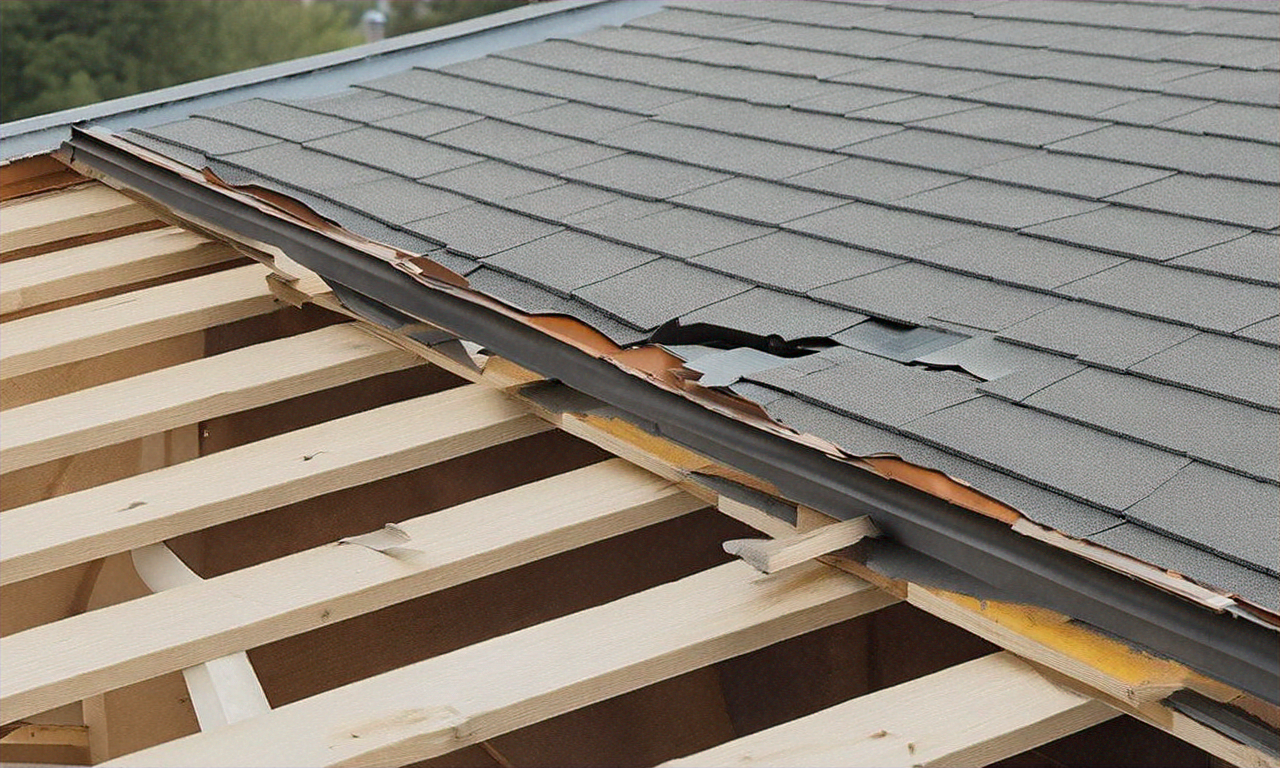More Americans Are Replacing Their Roofs With This Metal Option
Thinking about a new roof for your home? You might be surprised to learn that more and more American homeowners are choosing metal roofing over traditional options. Discover why this durable, long-lasting, and often energy-efficient alternative is gaining popularity, and see if it's the right choice for your next home improvement project.

What Makes Metal Roofs So Durable and Long-Lasting?
Metal roofing systems stand out for their remarkable longevity, typically lasting 40-70 years with proper maintenance. Unlike conventional asphalt shingles that may need replacement every 15-20 years, metal roofs resist weather damage, corrosion, and impact. They withstand extreme conditions including heavy snow loads, high winds up to 140 mph, and intense UV exposure without degrading. This exceptional durability translates to fewer repairs and replacements over a home’s lifetime.
How Do Metal Roofs Contribute to Energy Efficiency?
Metal roofs offer significant energy efficiency benefits through their reflective properties and design features. They can reduce cooling costs by 10-25% by reflecting solar radiation rather than absorbing it. During summer months, metal roofs can be 50-60 degrees cooler than traditional asphalt roofs, reducing the burden on air conditioning systems. Many metal roofing products now come with special coatings that enhance these energy-saving properties.
What Are the Real Costs of Metal Roofing?
While metal roofs require a higher initial investment, their long-term value proposition is compelling. Installation costs typically range from $5 to $14 per square foot, depending on material type and complexity.
| Metal Roofing Type | Average Cost per Sq. Ft. | Lifespan (Years) |
|---|---|---|
| Steel Panels | $5-$9 | 40-70 |
| Aluminum | $7-$12 | 50+ |
| Copper | $14-$25 | 70+ |
| Zinc | $10-$14 | 60+ |
Prices, rates, or cost estimates mentioned in this article are based on the latest available information but may change over time. Independent research is advised before making financial decisions.
What Does the Installation Process Involve?
Professional installation of metal roofing typically takes 1-2 weeks, depending on home size and roof complexity. The process begins with removing existing roofing materials, followed by installing a moisture barrier and proper insulation. Metal panels or shingles are then carefully measured, cut, and secured using specialized techniques to ensure weathertight seals. Proper installation requires experienced contractors familiar with metal roofing systems.
How Do Metal Roofs Enhance Curb Appeal?
Today’s metal roofs offer extensive style options that can complement any architectural design. Available in various colors, textures, and profiles, they can mimic traditional materials like slate, tile, or wood shake. Vertical seam panels provide a contemporary look, while metal shingles offer a more traditional appearance. The finish options include matte, glossy, or textured surfaces, allowing homeowners to achieve their desired aesthetic while maintaining durability.
What Are the Latest Innovations in Metal Roofing?
Recent advancements in metal roofing technology have introduced cool-roof coatings, improved insulation systems, and enhanced installation methods. Solar-ready metal roofs are gaining popularity, allowing for seamless integration of solar panels. New fastening systems have improved weather resistance while making installation more efficient. Some manufacturers now offer smart roof systems that can monitor temperature and moisture levels, helping homeowners optimize energy usage.
The shift toward metal roofing reflects a growing emphasis on sustainable, long-term home improvements. As technology advances and awareness of environmental impact increases, metal roofing continues to evolve, offering homeowners a combination of durability, energy efficiency, and aesthetic appeal that traditional roofing materials struggle to match.




